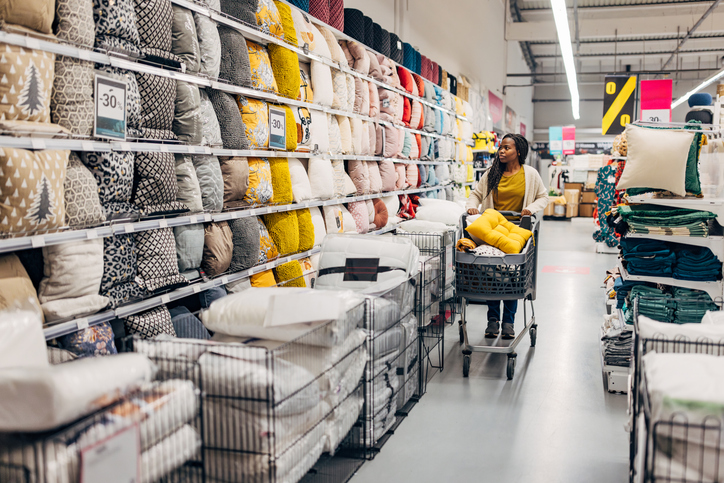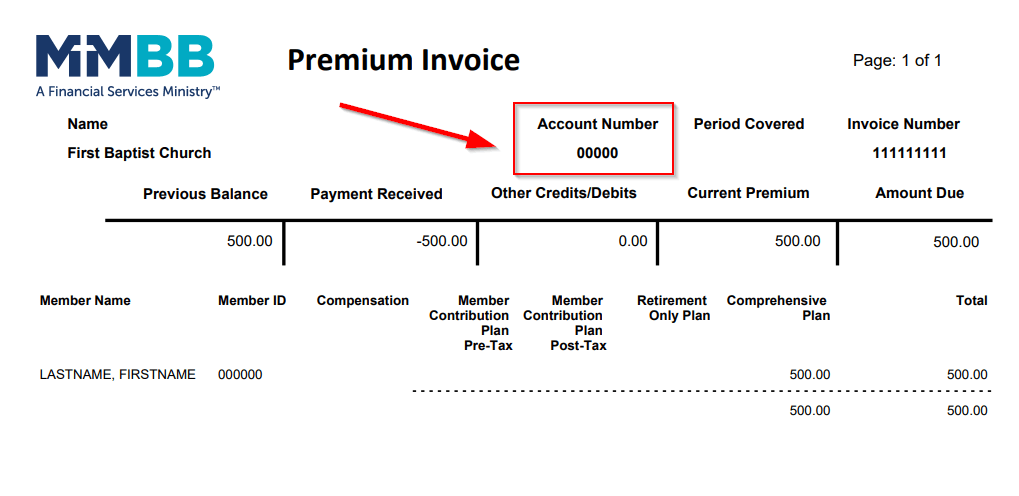Financial Fact: Spaving — The Costly Habit of Spending to Save
Amanda considered herself a savvy shopper. One Saturday, she walked into her favorite department store during a massive clearance sale. Bright red signs screamed “Up to 70% Off!” and she couldn’t resist. A handbag she’d admired for months was finally marked down, so into her cart it went.
Then came a pair of shoes at 50% off, followed by a cozy sweater at 40% off. Each item felt like a win. She saved almost $200 on her purchases. But at checkout, Amanda’s total hit $120—far more than she intended to spend. As she swiped her credit card, Amanda felt a mix of satisfaction and guilt. She had only planned to buy shoes for an upcoming wedding. The thrill of the discounts led her to buy things she didn’t need.
This is spaving in action—a blend of spending and saving, where the illusion of a good deal drives unnecessary purchases.
What Is Spaving?
Spaving is a new term for an old marketing trick. It is the act of spending money under the guise of saving it. Spaving is a clever sales tactic that encourages consumers to justify purchases based on discounts, promotions, or bundled deals. While it may feel like you're saving, you're often spending more than planned.
Common Spaving Traps
Retailers use tried-and-true strategies to trigger spaving behavior. The tactics that follow create a false sense of urgency and necessity, making it harder to stick to your budget.
- Buy One, Get One Free (or Half Off) – Encourages buying more than needed.
- Spend More to Get Free Shipping – Adds items to your shopping list just to hit a threshold.
- Tiered Discounts – “Spend $100, save 20%” pushes higher spending.
- Store Credit Card Perks – Sign-up bonuses and exclusive deals tempt overspending.
The Financial Fallout
Spaving has consequences. It can lead to credit card debt from impulse buys, and reduced savings due to interest payments on credit card balances.
Stockpiling items you don’t need may also create clutter in your home, such as unused clothing that has gone out of style or that you no longer want. Amassing discounted food or over the counter medication presents the risk of spoilage or expiration.
Moreover, when the thrill of the purchase fades, buyer’s remorse may materialize. Amanda left the store smiling, but she felt lingering guilt. Her “savings” came at the cost of her financial goals.
Is Spaving Always a Budget Buster?
Not necessarily. If you’re buying something you truly need and it’s on sale, that’s smart shopping. The key is intentionality and discipline —knowing what you need, and sticking to that shopping list and a clear budget.
How to Avoid Spaving
How can you minimize spaving? Here are five practical tips to stay in control at the store:
- Stick to a budget – Know your spending limits before you shop and adhere to them.
- Make a list – Shop with purpose, and don’t let sales dictate your shopping list.
- Pause before buying – Ask yourself: “Do I really need this?”
- Do the math – Calculate actual savings versus total spend.
- Reduce temptation – Unsubscribe from promotional emails and texts.
A Final Thought
True savings come from not spending at all. Amanda’s experience is a reminder that being a smart shopper means knowing when to walk away—even from a “great deal.”








 Next
Next

 Next
Next

